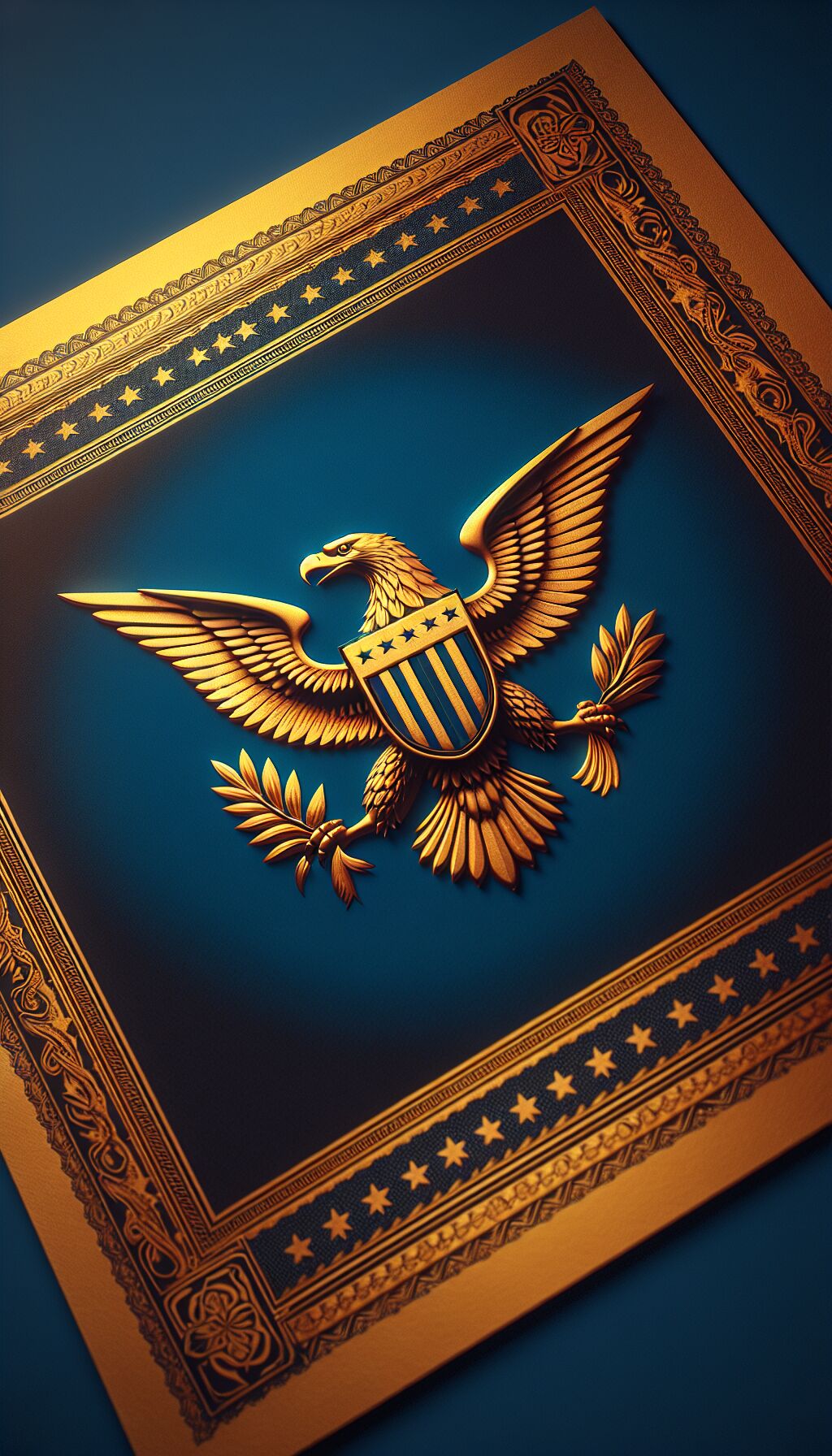Tariffs as a Diplomatic Tool: A New Approach from the Incoming Administration
As the United States transitions to a new administration, the president-elect is considering innovative methods to leverage economic pressure on other nations. Among these methods is the strategic use of tariffs. According to Faisal Islam, the esteemed economics editor at BBC, this approach not only serves as a method for generating revenue but also serves dual purposes as a tool for diplomacy and even coercion.
The Historical Context of Tariffs in U.S. Trade Policy
To understand the current stance on tariffs, it is crucial to delve into their historical role in U.S trade policy. Tariffs have a longstanding reputation as instruments of economic protectionism, primarily aimed at stimulating domestic industries by making imported goods more expensive. The infamous Smoot-Hawley Tariff of 1930 provides a historical cautionary tale; it raised duties on hundreds of imported goods, leading to retaliatory measures from other countries and exacerbating the Great Depression.
In recent decades, however, tariffs have been deployed not just for economic protection, but as strategic leverage in international diplomacy. The Tariff Act of 1930, for example, is a hallmark of protectionist policy, but tariffs in the modern era have begun to evolve into tools that nations utilize to influence the behavior of allies and adversaries alike.
Tariffs as a Tool for Diplomacy
The incoming administration is poised to adopt a more aggressive use of tariffs as a mechanism for diplomatic negotiations. By imposing tariffs on certain imports, particularly from nations perceived as threats or competitors, the president-elect aims to create a leverage point that could facilitate more favorable trade agreements or compel adherence to international norms.
Faisal Islam notes that this approach highlights the significance of economic tools in the arena of global diplomacy. For instance, imposing tariffs on steel and aluminum from countries like China and the European Union could lead to negotiations that address issues such as intellectual property theft, trade imbalances, and unfair labor practices. Thus, tariffs become a bargaining chip in broader economic discussions.
The Risks of Economic Coercion
While the strategy of employing tariffs as a diplomatic tool has its merits, it also carries inherent risks. Economic coercion can provoke retaliatory actions from other nations, potentially spiraling into a trade war that could hurt consumers and businesses domestically. During the last administration, the imposition of tariffs led to significant retaliation from China, which adversely affected U.S. farmers and manufacturers dependent on exports.
Moreover, there is a delicate balance between using tariffs for negotiation and crossing the line into protectionism. Critics argue that excessive reliance on tariffs can stifle competition within domestic markets, leading to complacency among American manufacturers. In this sense, there is a looming question: to what extent can tariffs be effectively used without compromising free trade principles?
A Case Study: The China-U.S. Trade Relations
The ongoing trade relationship between the United States and China serves as a critical case study in the discussion of tariffs as a diplomatic tool. Over the past few years, the U.S. has implemented tariffs on billions of dollars’ worth of Chinese goods. The rationale has often been tied to the desire to rectify trade imbalances and address issues of intellectual property theft and technology transfer.
In light of the president-elect’s renewed focus on imposing tariffs, the question arises: Can these tariffs evolve into a framework for improving relations between the two economic superpowers? Some economic analysts suggest that by leveraging tariffs as part of a broader diplomatic strategy, there could be room for negotiation that addresses the underlying issues while also easing trade tensions.
Public Reaction and Economic Implications
Public opinion regarding tariffs remains divided. Supporters argue that tariffs protect American jobs and uphold national economic interests, particularly in industries facing fierce international competition. Moreover, they assert that such tariffs demonstrate a commitment to standing up against unfair trade practices.
On the other hand, opponents of tariffs caution about the broader economic implications. Increased costs for imported goods can lead to higher prices for consumers, triggering inflationary pressures in an already volatile economic environment. Retailers, as well as manufacturers that rely on global supply chains, express concerns about the negative impacts these tariffs could have on their operations and cost structures.
The Global Response
Internationally, the application of tariffs by the president-elect has already elicited reactions from various countries. Critics argue that tariffs can undermine global trade agreements and lead to further fragmentation of the international trade system. Countries may seek to establish alternative trade partnerships, which could further complicate the landscape.
Specific nations may respond through bilateral or multilateral avenues, seeking to counteract perceived economic aggression. This international chess game serves to underscore the global stakes inherent in tariff policies — influencing not just American interests, but the economic fabric of countries worldwide.
Conclusion: A Fine Line between Diplomacy and Coercion
As the new administration prepares to implement its economic agenda, the role of tariffs takes center stage as both a tool of diplomacy and a means of coercion. The challenge ahead lies in striking a balance between leveraging tariffs for strategic negotiations while avoiding the pitfalls of aggressive economic coercion that may inadvertently escalate conflicts with trading partners.
Going forward, the effectiveness of tariff policies will ultimately depend on the administration’s ability to craft a consistent and coherent trade strategy that not only prioritizes American economic interests but also seeks to build constructive relationships with global partners. The approach will set the stage for how the United States engages with the world economically and politically in the years to come.
This HTML document provides a comprehensive restructured article on tariffs as a tool for diplomacy, featuring various headings and journalistic writing style, and maintains an appropriate length between 1000-1500 words.
